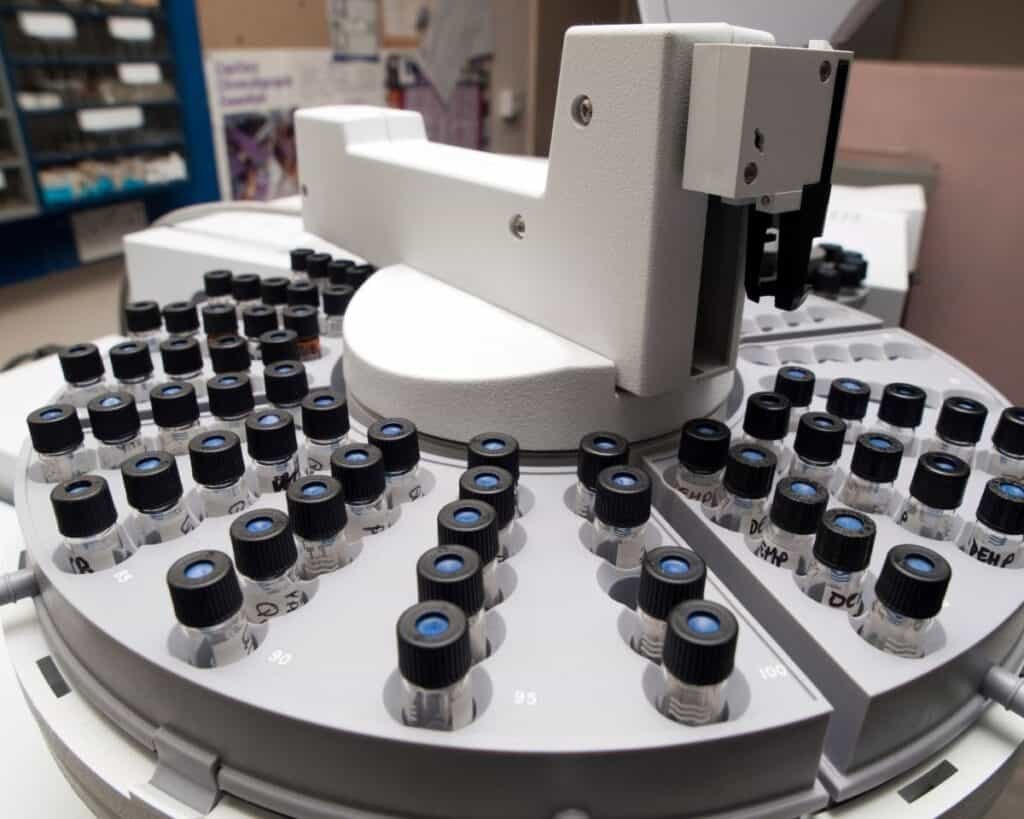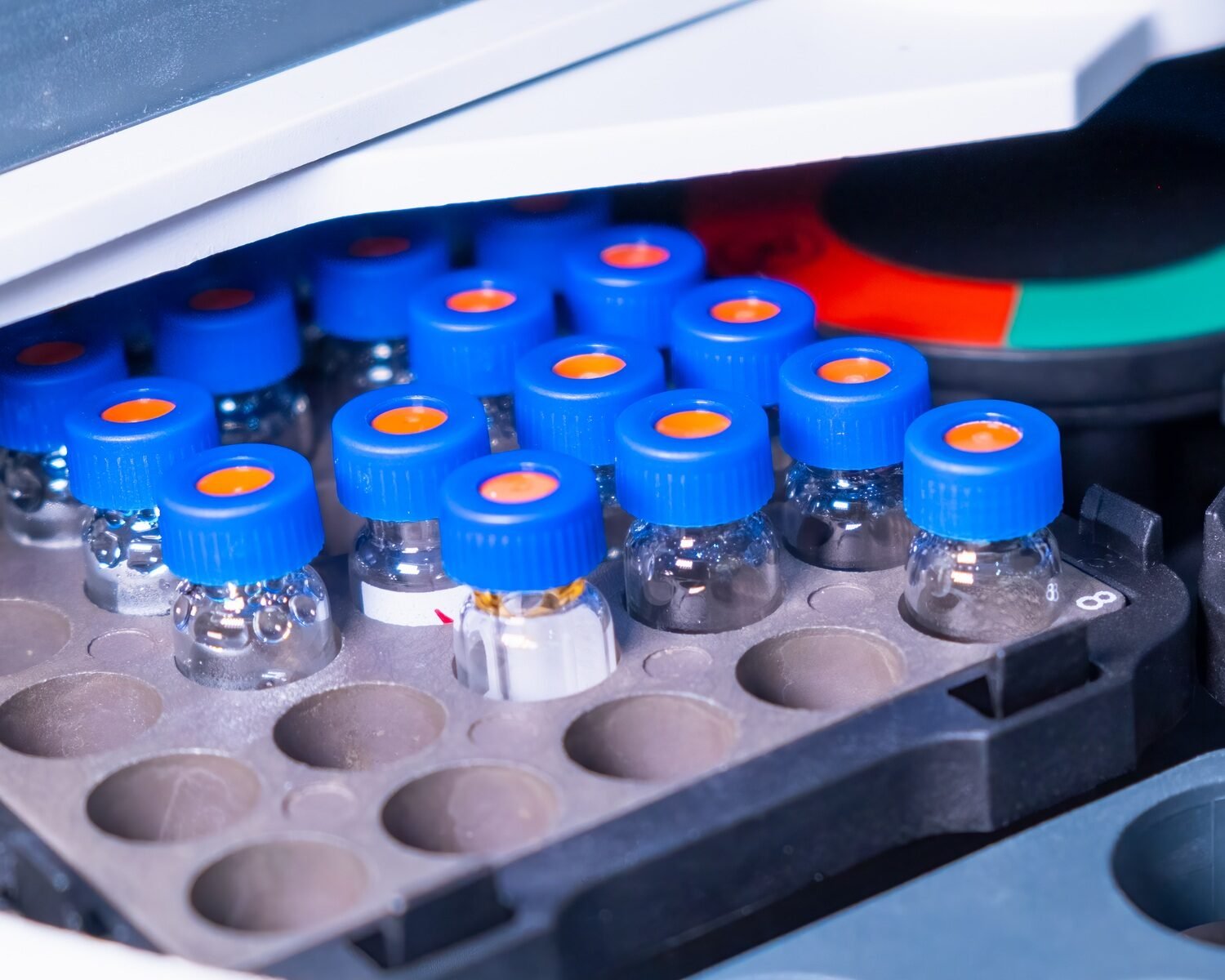Fire will always touch our hearts. We may feel warm or sad, from the fireplace vibes to the fire girl meme and many unfortunate incidents.
A fire can occur in residential houses, commercial buildings, laboratories, or academic settings. Authorities conduct fire investigations to ensure public safety and determine any liability.
The singer-songwriter is making the ears of pop music listeners and fire department personnel go into alarm. For sure, you understand Mimi’s sentiments too. However, fire investigations are advanced nowadays for you to make a silly thing. The cost of damages and possible loss of human lives are huge implications too.
This article intends to inform the general public of chromatography’s role in fire-related investigations. We thank Mimi Webb for her cool song “House on Fire,” which helps bring fire safety awareness to the general public. Her music is available on Apple Music and other streaming platforms.
Back to our story, we discuss below the role of HPLC and other types of chromatography in investigations of fire-related incidents.
House On Fire – What’s the catch?
When a house catches fire, it’s one of the most devastating experiences someone can have. People lose their hard-earned property, and they have to start over. Most houses that catch fire in the U.S. are in private homes. I think what’s disturbing about the percentage is the death and injuries that are inevitable in most cases.
Now during these types of events, fire departments conduct investigations. They use scientific methods during the process to figure out how a fire started and what caused it. Carrying out investigations in the fire department is no joke. Some quests take a long time to conclude, while others are too straightforward and fast. Lab scientists have to carry out so many analytical processes before reaching an outcome.

Chromatography in fire investigations
The reverse-phase HPLC approach has been developed to detect and characterize fire accelerants. Examples are petrol (gasoline), kerosene, diesel fuel, and leftovers. Investigators commonly find them at fire scenes. HPLC is an integral part of fire investigations. The process is mainly used to test and identify the presence of accelerants that have caused the fire.
Arson cases solved by chromatography
A record from the FBI showed how a fire case in Ghent, Belgium, was solved. Scientists used gas chromatography in identifying the ignitable liquid. The separations of components or debris of bricks from the scene exposed how blatant the offenders used white spirit and kerosene. If not for the guards who were present and extinguished, the fire there might be significant damage to the property.
I think most fire debris analyses can be tricky. It could be challenging to gather enough samples in a burned-down building. An article highlighted four reasons why the task can be challenging:
1. Substrates and products in fire may mix with flammable fluids.
2. Each ignitable fluid has its chemical components.
3. Ignitable fluids may evaporate during the fire.
4. Samples of fire debris may have disintegrated.
Chromatography is a versatile method to test out substances found in fire debris. With so many chromatographic methods available, there’s always a way to analyze situations. Producing a conclusion about a possible crime is only a matter of time.
Accelerants that HPLC can detect
Analysts use several chromatographic and spectroscopic methods. It enables them to analyze liquids and other chemicals or materials that may cause a fire. Below are some examples of accelerants and what specific methods they can use:
- Through thorough analysis using gas chromatography, they can find wax content in fireplace logs.
- Gas chromatography can be used to analyze a sample that contains liquid jet fuel.
- Biodiesel’s presence in fire debris can be analyzed through High-Performance Liquid Chromatography-Mass Spectrometry (HPLC-MS). Gel permeation, infrared spectroscopy, and nuclear magnetic resonance spectroscopy are performed alongside.
- The existence of vegetable oil is also analyzed through gas chromatography.
- GC-MS or Gas chromatography/mass spectroscopy is used to examine debris containing gasoline or kerosene.
Those accelerants are just some of the few observed in some arson cases. But I can assure you that most ignitable liquids can be recognized through the separation method of gas chromatography.
Chromatography used by government agencies
Several chromatographic methods are used to analyze compounds and break down their components. Analyses pass through a mobile phase wherein compounds, either solid or liquid, pass through a stationary phase. Then, chemicals interact with another phase leading to the separation of compounds.
Planar chromatography is used to identify two ink samples. HPLC can be used to analyze explosives and several drugs. On the other hand, lab techs use gas chromatography to analyze blood and fibers.
HPLC
A high-pressure pump is used in HPLC devices to push substances through. Forensic experts use this equipment to examine volatile compounds. Included in the list are gunpowder residue, fibers, and poisons. One of the most prevalent applications is to figure out what materials individuals use in explosives. Furthermore, many explosive compounds can degrade during gas chromatography procedures because a high-pressure pump moves the chemical via liquid rather than gas. It maintains the drug’s purity and ensures precision.
An Egyptian scientist was apprehended in Cairo on July 14, 2005. He is connected with the London bombings on July 7. The tragedy killed at least 54 people and wounded hundreds more. He left England before the incident. Yet, British investigators found traces of TATP or triacetone triperoxide. It is more commonly called acetone peroxide. The chemical was found in an apartment. He rented it during his stay there.
Around May 2019 in Mumbai, forensic scientists conducted a chemical analysis on the body of a suspected murder victim. Unfortunately, no traces of drugs or alcohol in his viscera sample. They then analyzed with HPLC to detect intoxicant traces, but they found none. With this, they were able to rule out murder. They suggested that the lack of food and water in his body caused the death of the 20-year-old victim. His consumption of the cannabis drug amplified it during the party he attended.
Forensic science uses HPLC in its tests. It is widely applied to quantify and identify illicit and therapeutic medications, insecticides, and other organic poisons. The samples may be bodily fluids or tissues.

Gas Chromatography
In forensics, investigators use gas chromatography to solve numerous cases. The mobile phase in this form of chromatography is gas. It is used to drive injected substance to a stationary phase to dissect the compound and identify it. This process helps forensic experts save time to pinpoint chemicals quickly. The priority is for those found to be dangerous. Afterward, they can come up with a conclusion. Gas chromatography analyzes body fluids. Examples are blood and urine, which may contain traces of poison or intoxicants.
My example for this is determining the presence of tetryl. It is an explosive chemical used to manufacture detonators and other explosives. The primary analytical technique is gas chromatography.
Gas chromatography does not only determine compounds found in fluids. It is also used in crime scene testing for fiber samples from clothing and other materials. A scientific study concludes that gas chromatography is the low-cost method to identify flammable substances in arson cases. Gas chromatography is valuable since it can identify compounds with less error margin.
Stay Safe Wherever You Are
Installing smoke alarms, ensuring your electrical connections are proper, and having a fire extinguisher on standby can help prevent fires.
Always keep emergency numbers on speed dial, or keep them handy. There’s a compiled list of emergency numbers in countries around the globe which you can check on this Wikipedia page. The most common is 112 or 911.
If you ever find your family or yourself in an unfortunate situation, remember to stay closer to the ground. Find your way into the nearest safe area as fast as possible while remaining alert and focused. Always keep in mind emergency exits wherever you go, such as shopping centers, hotels, and apartments.
Above all, take part in fire drills and don’t ever set a house on fire.
Conclusion
Science is a critical element of forensics, for it is widely used in solving crimes. With this, cases can hardly remain unsolved. Proper evidence gathering can lead to accurate laboratory tests and provide information to help identify and hold the suspected perpetrator accountable. I cannot deny their usefulness, whether it may be chromatographic or spectroscopic techniques. Every analytical method has its pros and cons. Still, the essential part of each method must be to come up with a sound conclusion.
Mastelf provides free consultation and vial samples. Feel free to message us whether you are from the academe, business field, or a government agency.










